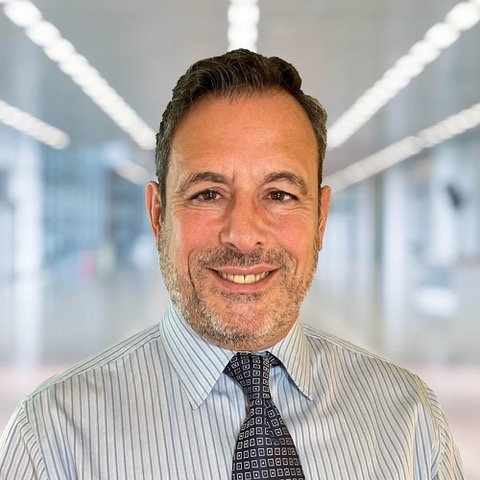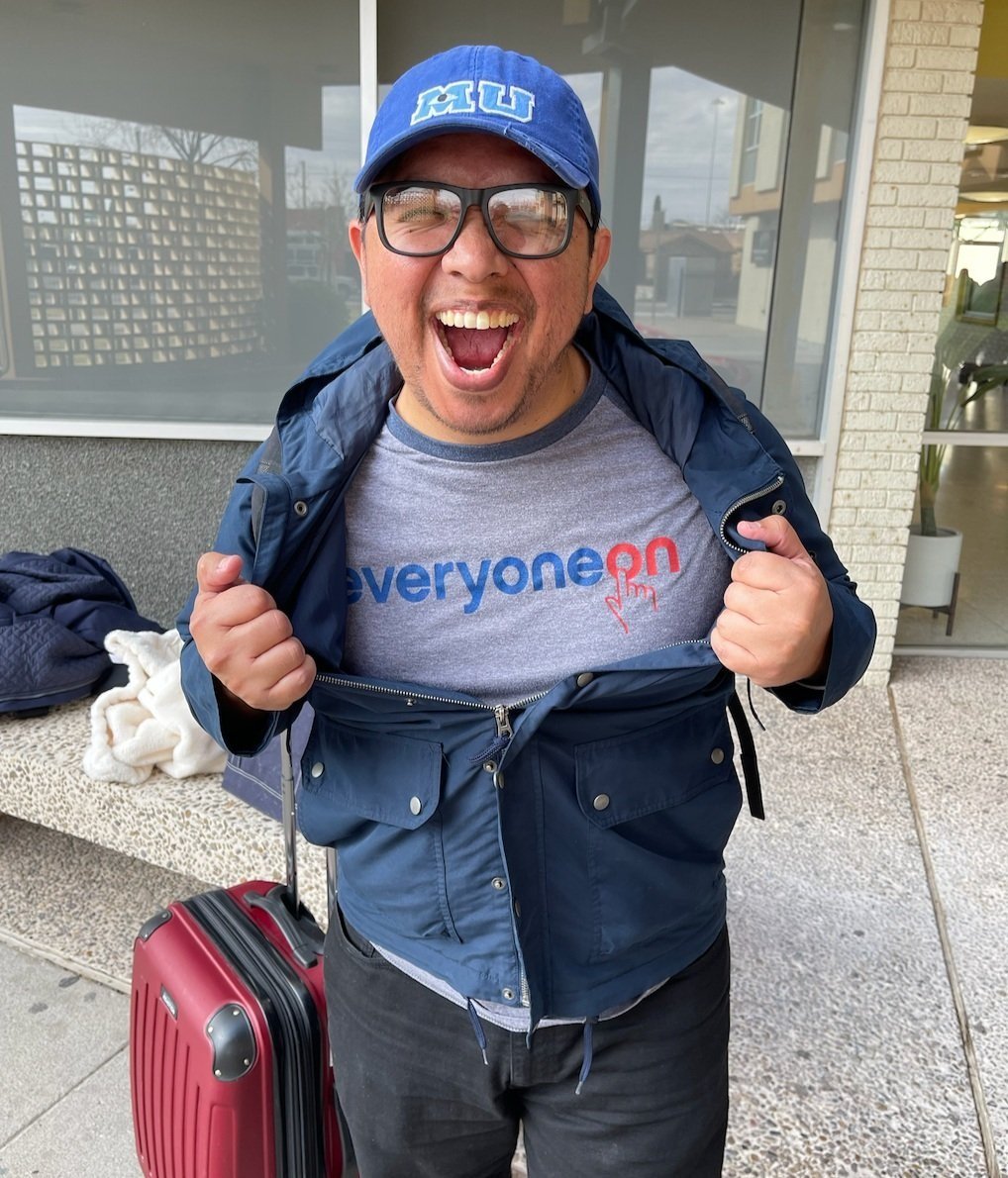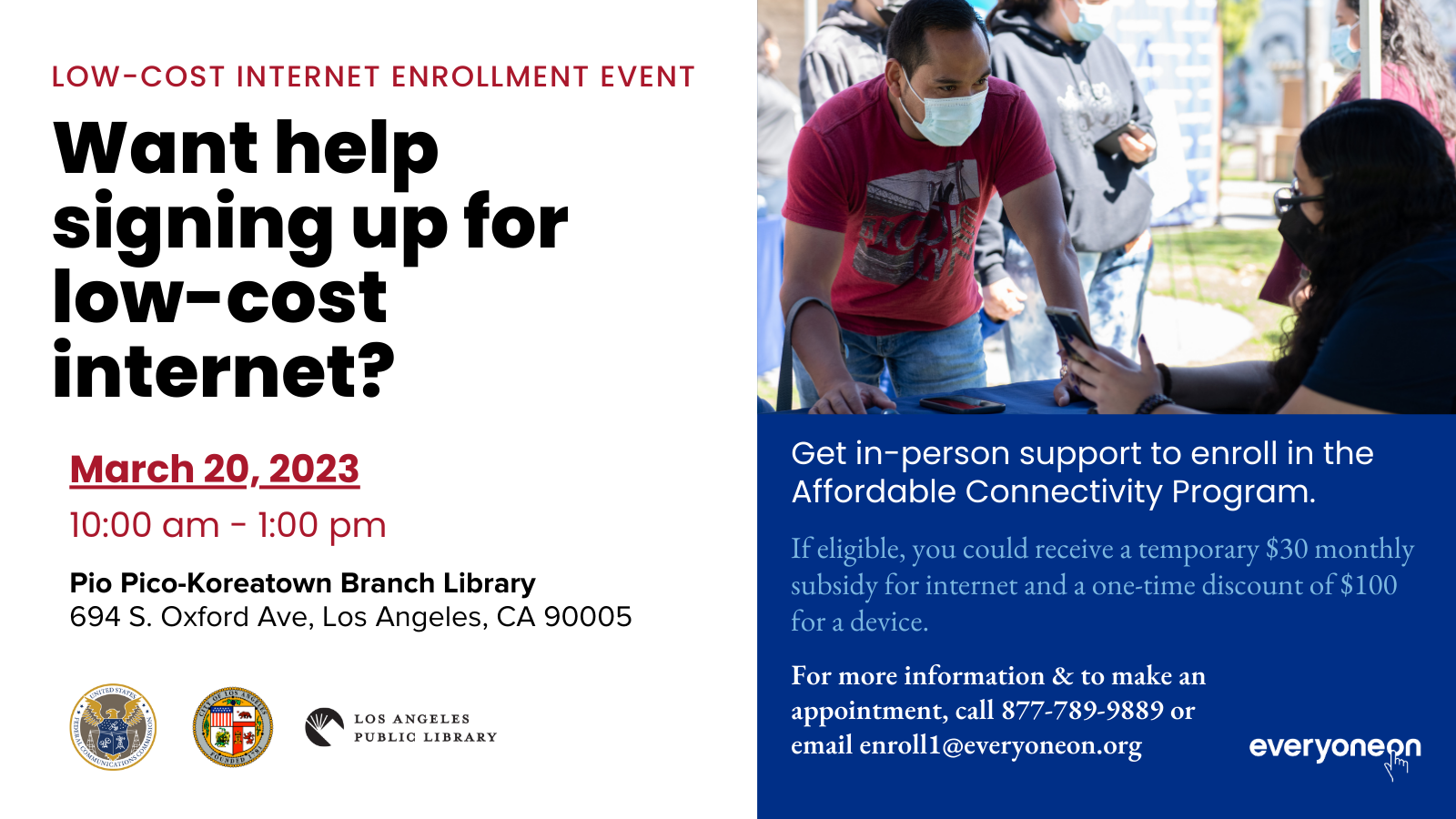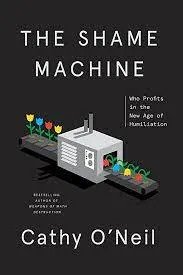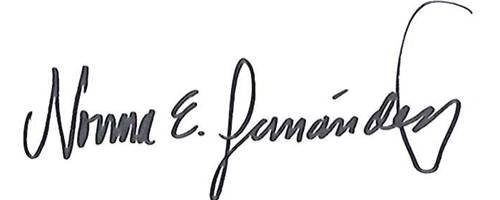By Vickie Robinson, General Manager, Microsoft Airband Initiative and Norma Fernandez, CEO, EveryoneOn
Today, we’re pleased to join The White House and organizations across the country to celebrate “Online for All”—a week of action kicking off June 14-22 to spread awareness about the FCC’s Affordable Connectivity Program (ACP) created to help thousands of families enroll in the program. Since 2020, Microsoft and nonprofit EveryoneOn have partnered to increase internet adoption and device access gaps impacting income-insecure communities, particularly Black and African American as well as Latinx communities in cities such as Atlanta, Milwaukee, El Paso, Los Angeles, and New York. The pandemic laid bare the vast digital divide in these communities. It also highlighted what we’ve long believed to be true — that access to high-speed internet and reliable connectivity should be a fundamental right for all, which requires a holistic and national approach to solve. Unfortunately, barriers to internet adoption persist, including trust, cost, and digital literacy among under- and unconnected families.
Last fall, Microsoft and Communications Workers of America (CWA), in partnership with EveryoneOn, launched “Get Connected,” a series of community events in Atlanta, Memphis, Detroit, New York and rural North Carolina designed to boost awareness and enrollment in the ACP. Leveraging our collective networks, we activated Microsoft employee volunteers and partners alongside CWA volunteers and nonprofits such as Rural LISC, Common Sense Media, and affiliates of AARP and NAACP to educate residents about affordable internet and device offerings, help them enroll in ACP, and share resources about the Microsoft Skills for Jobs programs. After each event, EveryoneOn provided direct support and digital literacy workshops for participants. For those who couldn’t attend in-person, EveryoneOn directed people to its National Offer Locator Tool, an online tool that facilitates access to local affordable internet and device offerings searchable by zip code.
As millions of families across the country still struggle to access and afford internet at home, EveryoneOn’s ongoing ACP enrollment events often uncover the difficult budget choices residents make to pay for food and healthcare over home internet service. According to EveryoneOn’s 2021-2022 national study, 40% of income-insecure families couldn’t afford to pay anything for internet service and 46% found it difficult to include internet in their budgets at all.
In Milwaukee, a woman named Jackie exemplifies why programs like ACP are essential. She participated in EveryoneOn’s digital skills training program after her job at a human services organization in Milwaukee was eliminated. While Jackie didn’t use technology for her job, she knew she needed digital skills to search for employment. Unemployed, living on a fixed income with monthly housing rent due, Jackie couldn’t afford internet at home nor a computer. To help her get a job in finance, Jackie signed up for the Bank Works program at Employ Milwaukee, a Microsoft and EveryoneOn partner that serves as the city’s workforce development agency. The program required completing and submitting online homework, which meant Jackie had to leave her home each evening and drive around the city to find a stable, publicly available Wi-Fi connection to complete assignments via cellphone. Fortunately, Jackie was able to complete the program and, through individual support and assistance from EveryoneOn, now has reliable internet that she can afford from her kitchen table.
Jackie commented, “I’m grateful for the internet and this computer. I was afraid to go out at night. Now I’m able to connect from home to look for jobs. The training has put the resources I need at my fingertips.”
Technology changes lives, but it must be affordable and accessible for everyone to do so. The ACP is a powerful tool to make affordable broadband a reality for income-insecure families. Now is the time to make sure Jackie and millions like her across the country have reliable, affordable internet service and a device at home so they can fully participate in the economy and our digital world.


